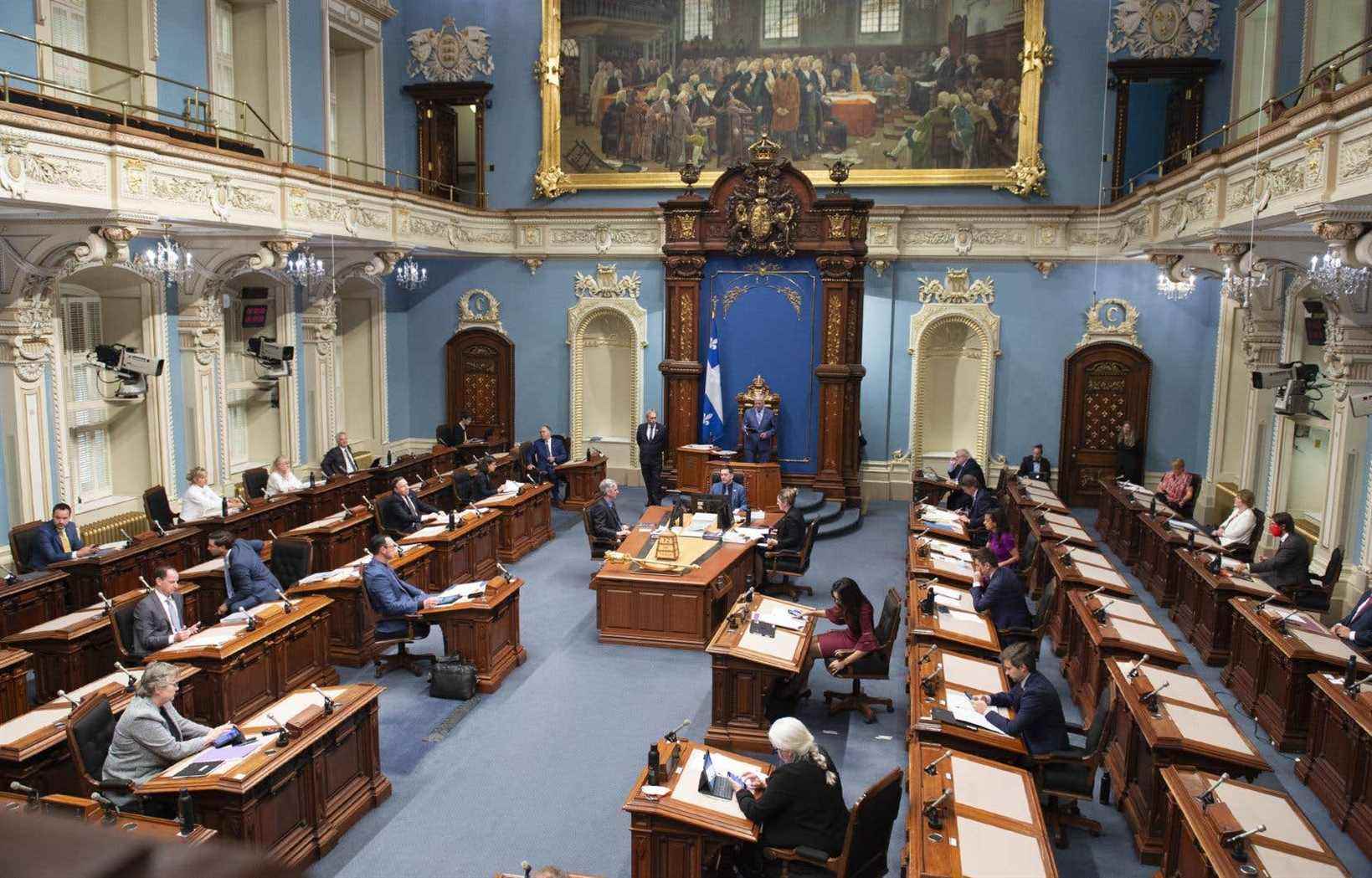In recent years, Quebec has seemed in the throes of a significant political transformation. The most striking example of this development is that partisan conflicts place much less importance on the question of sovereignty, an issue which has nevertheless monopolized the attention of the public and the elites for more than forty days. ‘years. In the process, questions more related to state interventionism and the management of ethnocultural diversity began to occupy more and more space in political debates. However, is it possible today to speak of an electoral “realignment” articulated around these new cleavages in Quebec?
Answering this question requires examining the state of public opinion and the partisan system in the province. The high number of political parties represented for more than a decade in the National Assembly – four when the first past the post type voting system should normally limit the number – is intriguing. He indicates that a purely institutional explanation of the current partisan fragmentation in Quebec is insufficient since the electoral system has not fundamentally changed since Confederation. Rather, in our opinion, we should turn to the divisions expressed through the values and political orientations of citizens to better understand what this new multiparty system is based on, because the realignments are first and foremost rooted in deep and lasting changes. in the nature of the conflicts that divide the electorate.
We believe that the theory of political cleavages proposed by political scientists Seymour Lipset and Stein Rokkan has the potential to offer a more satisfactory explanation of the recent transformation of the Quebec partisan system. This theory postulates that, in a multi-member one-round electoral system, like the one used in Quebec, the number of parties will be equal to the number of ideological cleavages that divide the electorate plus one. Applied to the Quebec case, this theoretical proposition therefore makes it possible to postulate that there would currently be three ideological cleavages dividing the population, which underlies a system with four competing parties.
Our preliminary analysis of data from three opinion polls conducted during the 2012, 2014 and 2018 Quebec elections, of which we presented the first results last month in a seminar at the University of Montreal, confirms this conjecture by highlighting the influence of three political cleavages on the electoral choices of Quebecers: the constitutional question (sovereignty / federalism), state interventionism (left / right) and the management of ethnocultural diversity (pluralism / integration).
Three cleavages
This analysis of the average ideological positions of the voters clearly indicates that the clienteles of the four parties occupy different positions on these three cleavages, which do not always follow the same order. For example, the voters of the Liberal Party and Quebec solidaire are together on the question of diversity, but completely opposite on the left-right ideological question. Likewise, the voters of the Liberal Party and the Coalition Avenir Québec stand apart on the issue of diversity, but united front on the left-right division and on the constitutional question. Finally, the voters of the Parti Québécois and Québec solidaire share more or less the same positions on the issue of sovereignty and redistribution, but they are completely opposed on the question of diversity. In short, the first two cleavages always oppose the same pair of parties (PQ-QS against CAQ-PLQ). It is only with the last cleavage that we observe a reversal of these alliances (CAQ-PQ against PLQ-QS). Interestingly, none of these three cleavages created an opposition between the old and the new parties (PLQ-PQ versus CAQ-QS).
This means that, since the last three elections, we have witnessed the rise of a new axis of political conflict in Quebec associated with the management of diversity. This axis blurs the traditional alliances that existed between sovereignists and progressives on the left and federalists and conservatives on the right. The introduction of this new cleavage is reminiscent of the realignment of the Quebec partisan system in the early 1970s following the emergence of the question of sovereignty.
This third dimension of the Quebec political debate, whose integrationist pole is currently represented with the most credibility by the CAQ, appears to be rooted in a feeling of identity insecurity that seeks a form of protection of the majority status of the Canadian language and culture. -French in Quebec. It is a question of social conservatism which finds its sources in the concept of “survival” and which is opposed to social pluralism and interculturalism. For François Legault, “being a nationalist is first of all founded on three pillars: the French language, culture and the secularism of the State”. We find here the same message as in the XIXe century, a time when the “Blues” sought to defend the heritage of the French regime, namely the Catholic faith, its institutions and its laws. This is the comeback of this historical identity question, redefined within modern parameters at the start of XXI.e century, which currently allows four parties to coexist in the partisan space.
